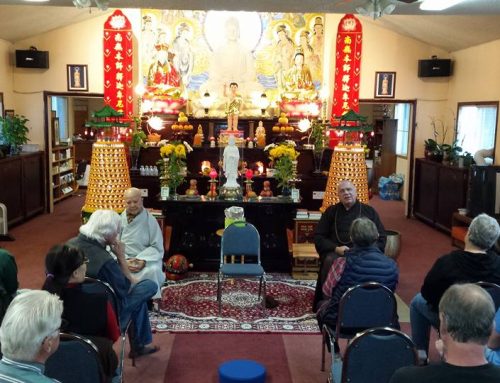Buddhism was first introduced to Vietnam during the 2nd century AD, when traders and monks from India and China brought the religion to the region. It gradually spread and gained a significant following among the Vietnamese people, particularly among the elite.
During the 10th century, Mahayana Buddhism, which emphasizes the role of bodhisattvas and the potential for all beings to achieve enlightenment, became the dominant form of Buddhism in Vietnam. This form of Buddhism was introduced to Vietnam by Khmer and Cham people who were under the influence of the Indian Pala Empire.
During the Lý and Trần dynasties (11th to 14th centuries), Buddhism continued to flourish and played a major role in the cultural and intellectual life of Vietnam. Many Buddhist temples and monasteries were built during this period, and Buddhism also heavily influenced Vietnamese art, literature, and architecture.
In the 18th century, Confucianism became the dominant state ideology, and Buddhism went into decline. However, Buddhism has remained an important part of Vietnamese culture and continues to be practiced by a significant portion of the population today.
In the 20th century, Buddhism was suppressed during the Vietnam War, many Buddhist monks were imprisoned and killed. But after the war, Buddhism began to recover, and many new temples and monasteries have been built, and many Buddhist schools have been re-established.
Today, Buddhism continues to be an important part of Vietnamese culture and society and is one of the most widely practiced religions in the country.

